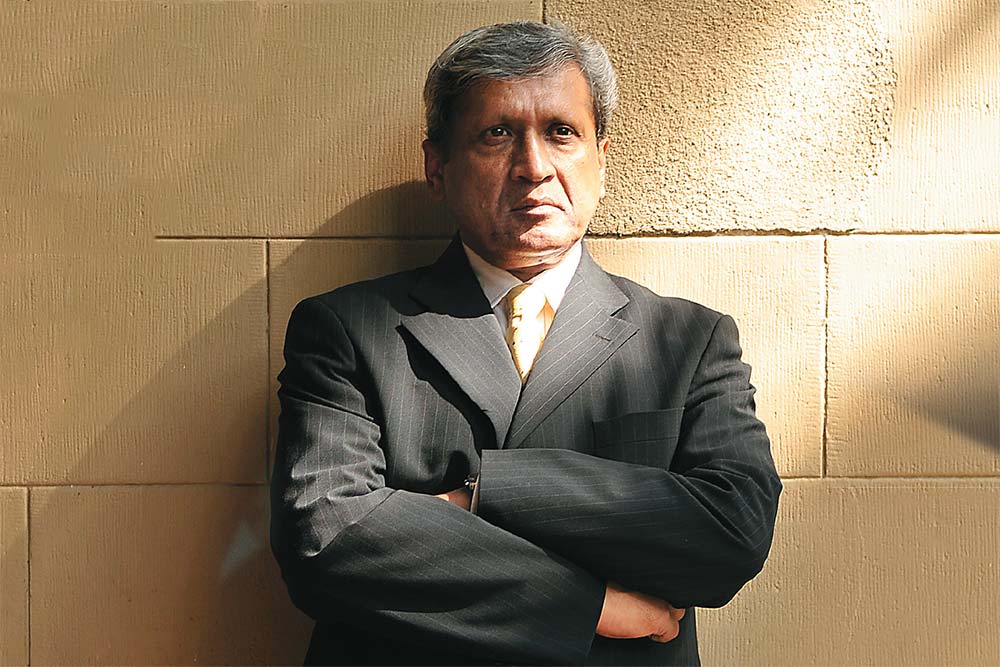Triumph of the City offers refreshing perspectives about the role of cities in the growth of human civilisation. It is authored by Edward Glaeser, an economics professor at Harvard. Glaeser provides a fascinating and compelling tour of urban development in cities across the world by revisiting history.
Cities are the chief drivers of the world’s economies as they attract talent, foster innovation and provide opportunities for social mobility. Glaeser demolishes many myths with forceful and persuasive arguments — he claims the city has triumphed and makes a strong case in support of its cause.
Innovative interactions among city folk are what keep cities growing. Technological breakthroughs may have caused many industries to decline but cities have survived and triumphed by creating alternate pivots. If globalisation killed the advantages enjoyed by certain cities, it substituted them with knowledge and ideas.
For instance, New York rediscovered itself through its financial innovators, just as Mumbai switched from manufacturing to financial services. Paradoxically, there is a premium on proximity even though the cost of connecting across distances has fallen sharply.
In fact, Glaeser says, cities are the absence of physical space between people and companies. Their success depends on the demand for physical connection. Urbanisation and prosperity are correlated but it’s a myth to say prosperity brings misery along with it. Actually, Glaeser claims, the converse is true. Cities don’t make people poor, they attract poor people. Indeed, the linkage between urban skill and urban productivity has grown strong, whether in Bengaluru or Silicon Valley, and physical interaction is the energiser.
The decline of cities, the author contends, can be traced to the decline of their central pivots. Kolkata’s glory evaporated with the deterioration of its work culture and that led to the migration of its industry; Mumbai is still prosperous, but not as an industrial destination. The strategic response by city authorities in facing the decline has actually made things worse for them.
London, New York and Paris have survived because of the investment in their architecture, and they benefit equally from human creativity in cuisine, theatre and so on. Glaeser argues that these cities keep attracting people, pulling them out of their private confines into public areas, providing opportunities for consumption and socialisation.
Urban poverty is considered an unsavoury aspect of cities but Glaeser argues that poverty reflects the city’s strength, not weaknesses. The idea is that urban growth helps reduce rural poverty — cities attract people with prospects of a better life. But most poor immigrants settle in urban slums and Glaeser criticises governments for ineffective public policies when it comes to housing. His solution is to build vertically. He argues forcefully for skyscrapers (since land is scarce).
He contends that restricting construction leads to high real estate prices and comes down heavily on unnecessary preservation — it may protect history but not without a price. Glaeser says the restrictions imposed on development in Mumbai have done more harm than good to the city. On the other hand, Singapore, which was like Mumbai 50 years ago, dealt decisively with its land issues.
The evolution of cities and their responses to challenges offer valuable lessons to urban planners. Cities reinvent themselves to remain relevant. Those that don’t will decline. Such insights make this book a must read for urban planners.
The reviewer is an independent advisor and former chairman of Knight Frank India











